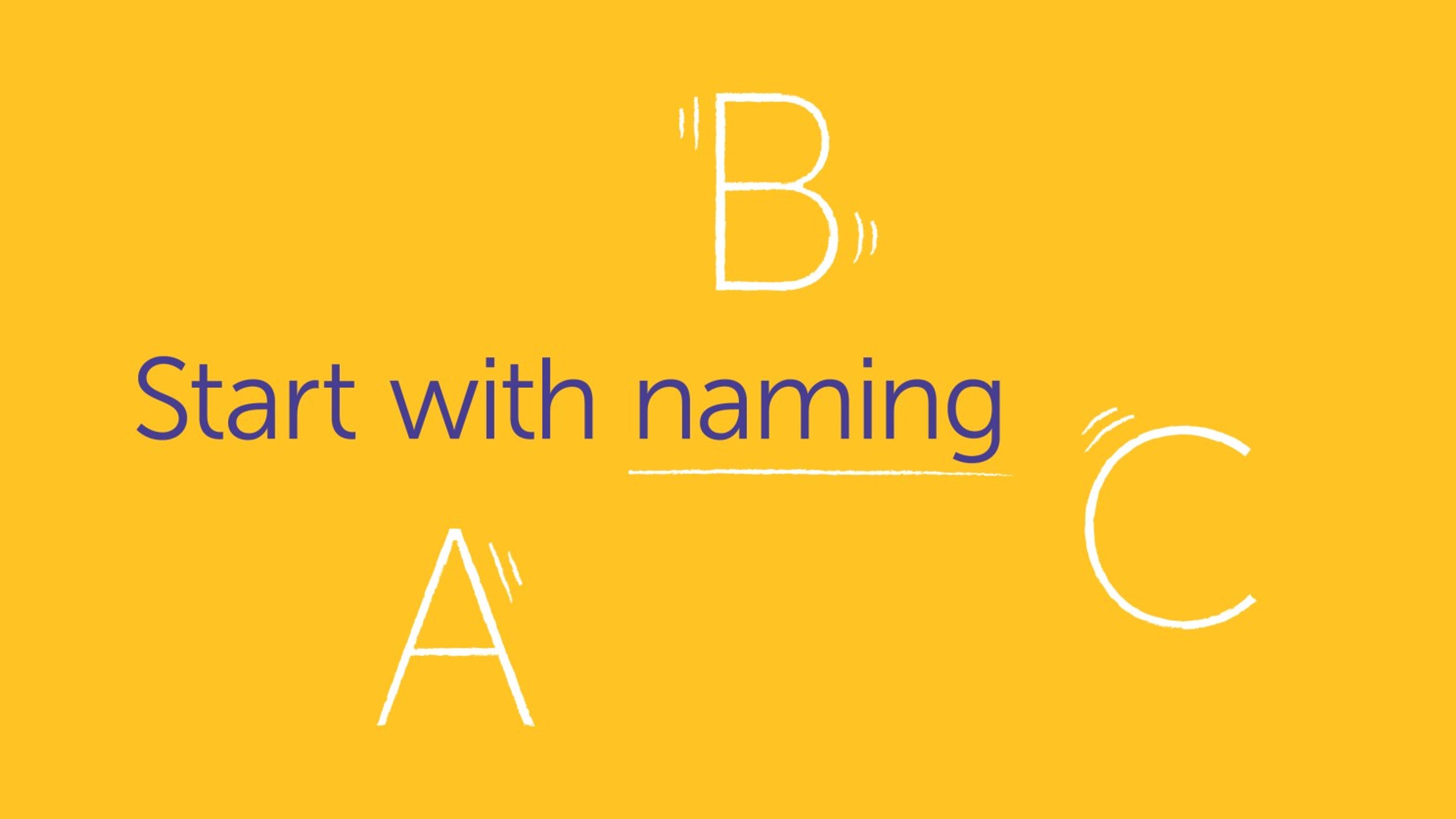25.07.25
Setting up a foundation
Creating a brand identity
Section 1.
Starting point.

How do you create a foundation brand?
Let’s start with naming and terminology. Beware, it is an emotive subject. This element in particular requires sensitive consultation.

There are different implications and connotations to the different words that categorise the new entity, here are just some of the options:
- Foundation (we’ve been using this through the article)
- Charitable Foundation
- Association
- Trust
- Development
- Development team
- Development trust
- Development office
Legal, financial and structural considerations will also need to be factored into this decision making process.
Section 2.
Creating the brand strategy.
The brand strategy for the foundation will inevitably align somewhat with the school’s own brand. But, as a separate entity with its own unique purpose, the foundation will need its own brand strategy. A brand strategy is simply a set of key articulations and core information required to:
- Explain the Foundation: What it is, why it exists, its focus and vision
- Be the starting point for brand & campaign creative: All creative writing, design and advertising must be rooted in and inspired out of the brand strategy.

The brand strategy process usually goes like this:
Stage 1 – Discovery.
The deep investigation into the school’s core truths. Usually through workshops, interviews and knowledge sharing.
Stage 2 – Analysis and writing.
From the information gathered in the discovery stage, a branding team will analyse and compile a set of articulations bespoke to your new foundation. These cover the core requirements, and may include:
- What the foundation is.
- Your vision and/or mission.
- Why the foundation exists.
- Why now?
- Your values, style and tone
- Your priorities
- Your relationship to the school
- How the foundation will impact and change the school (short, mid and long-term)
- The value proposition (targeted to key stakeholder groups)
From the truths established in the brand strategy, you will have a series of agreed articulations. You are then in a good position to stitch these together as a compelling narrative (for both internal and external purposes).
Section 3.
Visual identity.

After the brand strategy and writing process is agreed, you can move on to creating a visual identity design for the foundation. The identity of the foundation should strike the correct balance between being tied into the school brand and having a distinct identity.
Section 4.
Brand architecture.

As a separate entity, your foundation’s relationship to the main school and any other entities should be clear. This is organised through a considered brand architecture which resolves the relationship between the components. This is usually expressed visually through the logo, which identifies your foundation.
Section 4.
Our final thoughts.

This series of articles are not intended to suggest that one size fits all. Nor are they intended to be an exhaustive list of recommendations. They are simply a starting point. We hope they offer up some ideas, prompts and talking points for you and your team.

